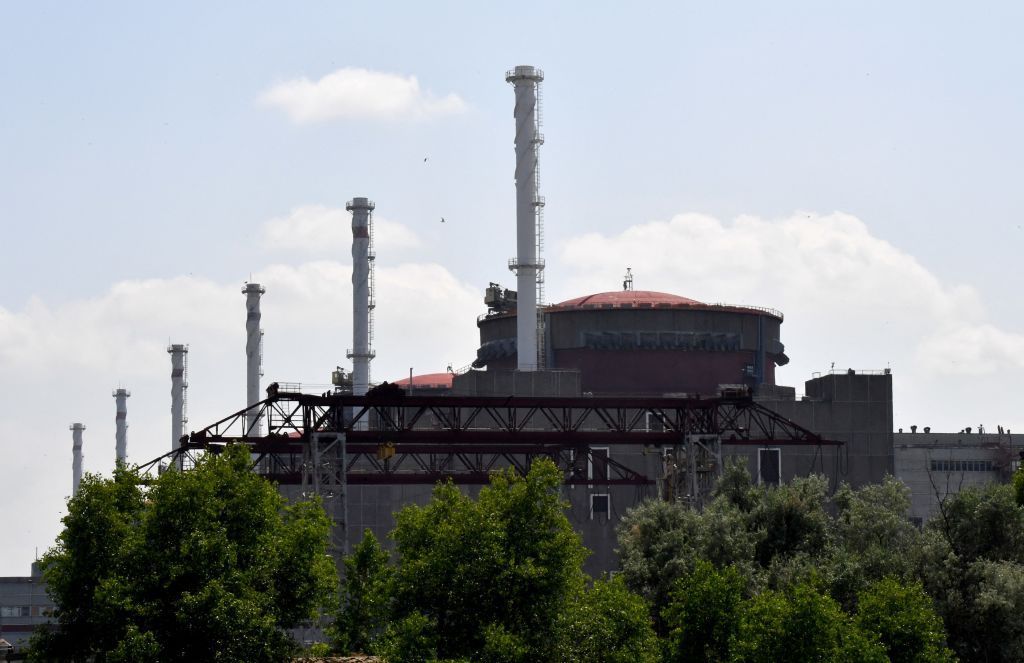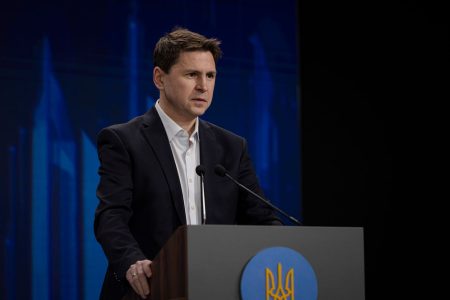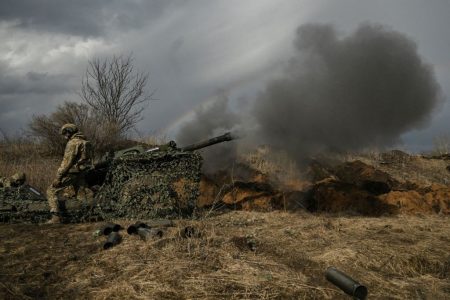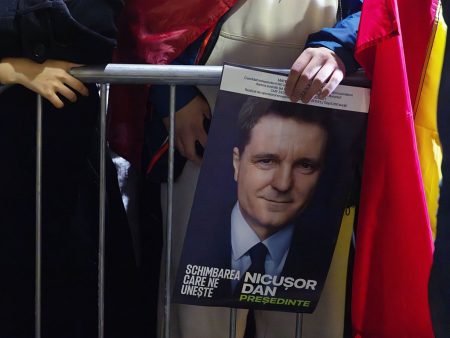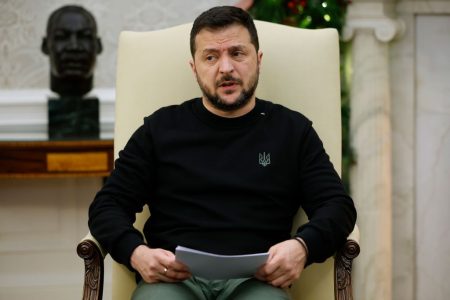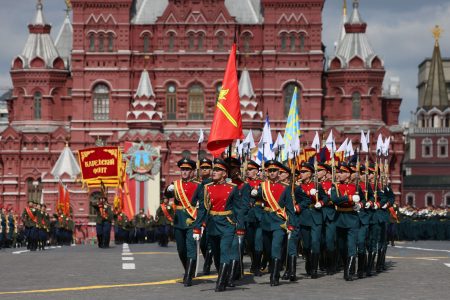The International Atomic Energy Agency (IAEA) reported on April 18 that the training center of the Zaporizhzhia Nuclear Power Plant in Ukraine had been targeted by an attempted drone attack. This attack, the third in recent weeks, caused no casualties or damage. The power plant has been under Russian occupation since March 2022, and Russian troops have used it as a platform to launch strikes at nearby Ukrainian settlements. The IAEA team on site was denied access to the training center to assess the incident due to security risks cited by the Russian occupying forces. The IAEA Director General, Rafael Mariano Grossi, expressed concern about the reported drone attacks, stating that they pose a real threat of a serious nuclear accident with significant health and environmental consequences.
The recent attacks on the Zaporizhzhia Nuclear Power Plant were described by IAEA Director Rafael Grossi as a major escalation in nuclear safety danger in Ukraine. These attacks have raised concerns about the potential for a serious nuclear accident that could have severe consequences. The plant has been repeatedly disconnected from the Ukrainian power grid due to Russian attacks on the country’s energy infrastructure. Russian authorities have denied IAEA inspectors full access to the plant, further complicating the situation. The IAEA teams based at the facility have been rotating since September 2022, but access remains restricted by the Russian occupying forces.
The Zaporizhzhia Nuclear Power Plant, the largest in Europe, has been a crucial target for Russian occupying forces in Ukraine. The plant has been used as a strategic location for launching attacks on nearby Ukrainian settlements, raising fears of a potential nuclear accident if the facility is compromised. The IAEA has been monitoring the situation closely and expressing concern about the safety risks posed by the attacks on the plant. Ukrainian officials have not yet issued a statement regarding the reported drone attacks, further adding to the uncertainty and fear surrounding the situation.
The IAEA Director General, Rafael Mariano Grossi, has emphasized the importance of addressing the escalating nuclear safety danger in Ukraine. The attacks on the Zaporizhzhia Nuclear Power Plant have raised alarms about the potential for a serious nuclear accident, which could have catastrophic consequences for the region. The IAEA has called for increased international support for Ukraine to ensure the safety and security of its nuclear facilities. With the ongoing conflict and occupation by Russian forces, the risk of a nuclear accident at the Zaporizhzhia plant remains a major concern for the international community.
The attempted drone attack on the training center of the Zaporizhzhia Nuclear Power Plant underscores the ongoing dangers and challenges facing Ukraine’s critical infrastructure. The repeated attacks on the plant by Russian occupying forces have put the safety of the facility at risk, threatening the health and security of the region. The IAEA’s monitoring and assessment of the situation highlight the urgent need for international support to address the escalating nuclear safety risks in Ukraine. The international community must come together to protect Ukraine’s nuclear facilities and prevent a potential disaster that could have far-reaching consequences.
In conclusion, the recent drone attacks on the Zaporizhzhia Nuclear Power Plant in Ukraine are a troubling escalation in the ongoing conflict between Russian occupying forces and Ukrainian authorities. The safety risks posed by these attacks are significant, with the potential for a serious nuclear accident that could have devastating consequences for the region. The IAEA’s monitoring and assessment of the situation highlight the urgent need for international support to address the escalating nuclear safety danger in Ukraine. It is crucial for the international community to stand with Ukraine in this fight and support efforts to protect its critical infrastructure and prevent a potential disaster at the Zaporizhzhia plant.









